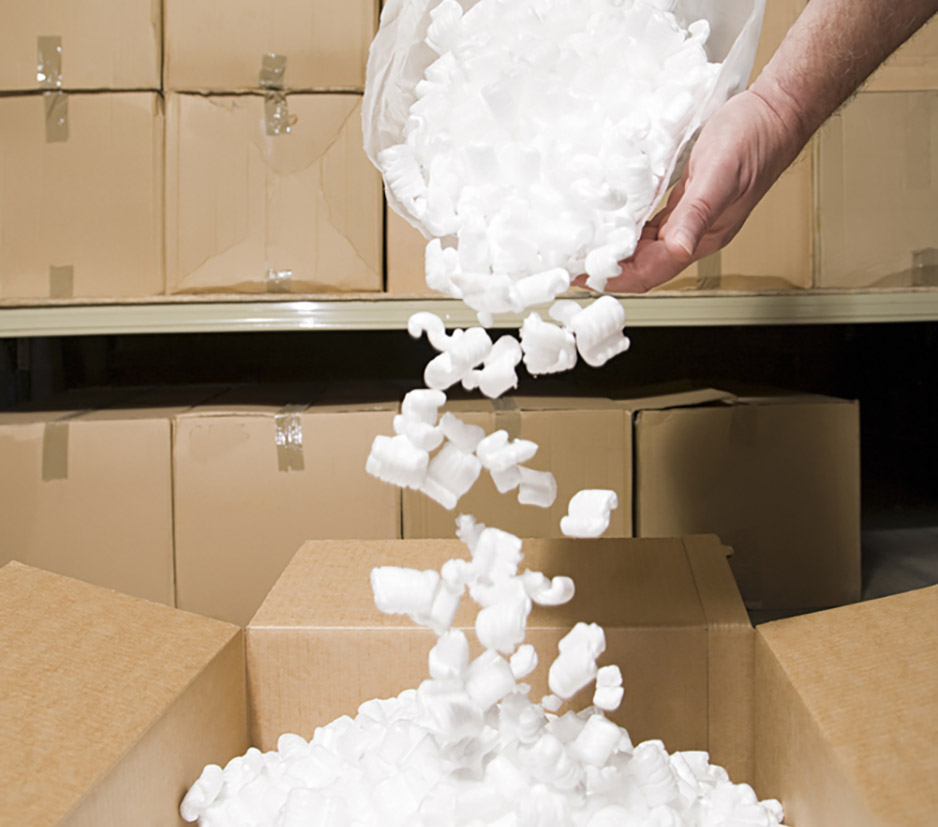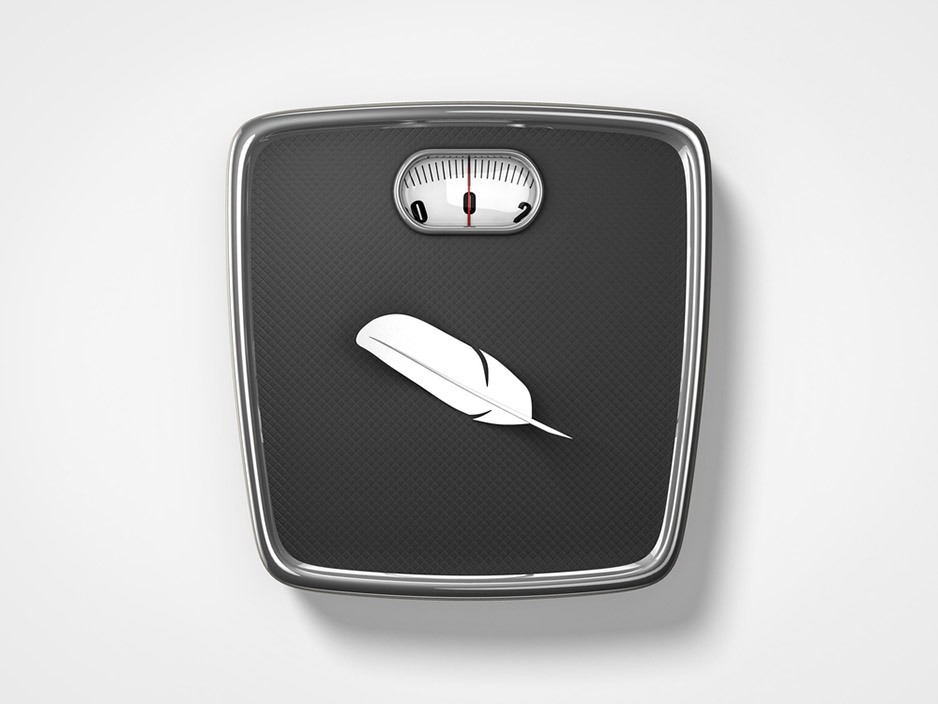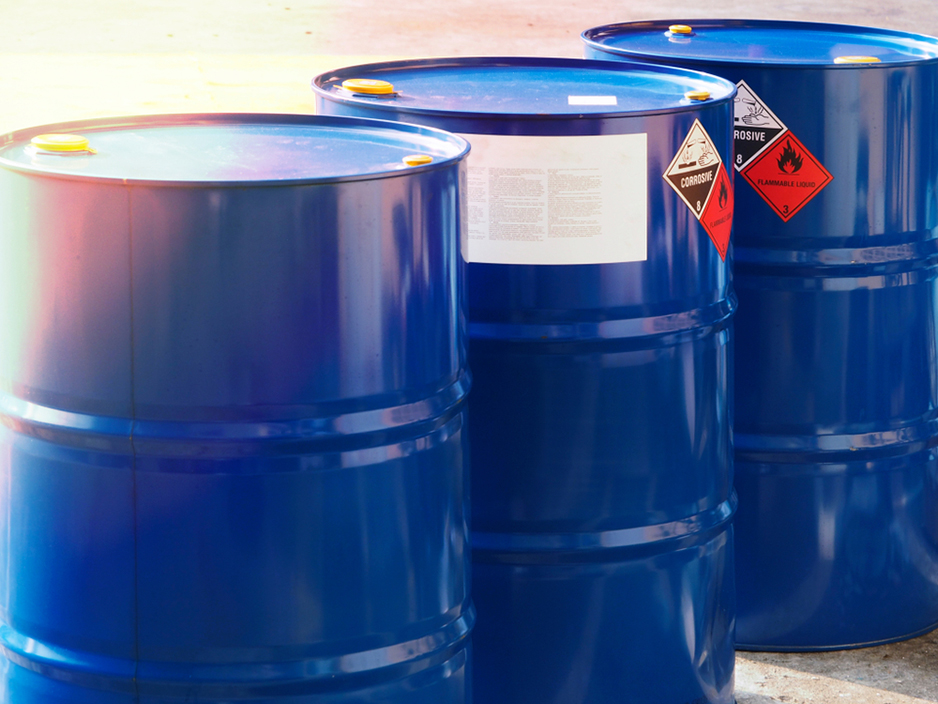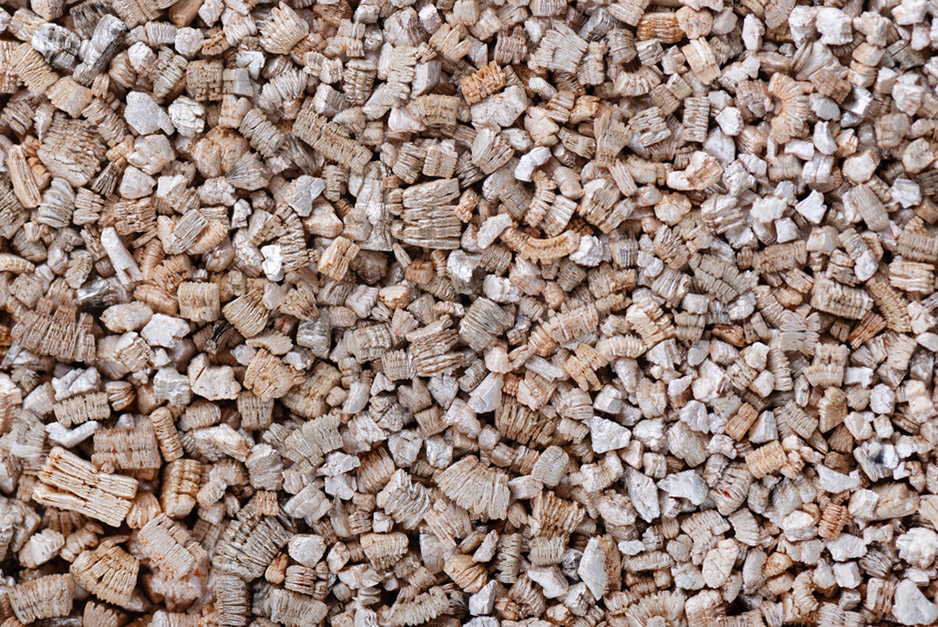Source: Fabio Freitas e Silva/Shutterstock.com
Summary:
- Lightweight shipping is the practice of reducing the weight and size of shipments to save shipping costs.
- Package size must be reduced because of dimensional weight calculations that use package size to determine the price.
- Lightweight fillers are a great weight-saving choice but do not replace heavy shipping materials if necessary for the quality of the product being shipped.
In the globally connected world we live in, shipping is vital to get products from businesses to consumers. The shipping channels of the world are experiencing serious stress from considerable increases in demand for shipping that come with recent increases in online shopping.
With an increased demand for shipping comes increased prices until the supply of shipping services matches the demand. In the meantime, it has never been more important to use lightweight shipping to save money. But what is lightweight shipping?
The Advantages of Lightweight Shipping
Lightweight shipping is the practice of reducing the weight and size of your shipments as much as is safely possible. This saves money because shipping prices are determined by the shipment weight and the box size.
Besides being affordable upfront, lightweight shipping is more:
- Environmentally friendly (reduced packaging)
- Efficient
- Profitable for your business in the long-term
Some methods for reducing weight include using a lightweight filler like vermiculite and switching to corrugated boxes that do not compromise strength despite their light weight.
Get High-Grade Vermiculite Here
What Determines Shipping Costs?
Commercial shipping companies use a calculation to determine the dimensional weight of your package, then compare it against the actual weight and charge you based on which one is higher. Dimensional weight, also known as DIM weight, considers the size of your shipment in relation to its weight rather than just determining price based on weight.
How do you calculate the DIM weight of a package?
To determine a package’s DIM weight, you need the volume of the package in square inches and the DIM factor of your preferred shipping company. Get the volume by multiplying the box’s height, length and width. If you have a box with a 10-inch height, length and width, the volume would be 1,000 square inches. The volume is then divided by the DIM factor. If the DIM factor was 100, then the 1,000 square inch box would have a DIM weight of 10 lbs.
If the weight of your package is less than the DIM weight, the shipper uses the DIM weight to calculate your package’s price. Once you know your package’s DIM weight, you can determine whether it is necessary to employ other weight-saving practices.
You can reduce the DIM weight without sacrificing structural integrity with corrugated boxes. They are made of three layers of cardboard that are lightweight and durable. Some are durable enough to ship Packing Groups I, II and III.

Source: small smiles/Shutterstock.com
Strategies to Reduce Package Weight
If your shipment’s DIM weight is lower than the package’s actual weight, you can benefit from reducing the package’s actual weight. Along with corrugated boxes, the filler material significantly influences the weight of a shipment.
Filler materials like vermiculite, packing peanuts and bubble wrap keep your products safe from breakage during the shipping process. Vermiculite also serves as an extra layer of security for hazardous material shipping.
Why use vermiculite?
Vermiculite is a highly absorbent clay mineral and fire-resistant, making it ideal for shipping hazardous materials. It is also chemically inert except in relation to lithium-ion battery acid, which it cannot come into contact with. Vermiculite is easy to pour and manipulate in a box to accommodate irregular items.
As for saving weight, vermiculite is very lightweight for hazardous material filler because of its spread-out crystalline structure. A cubic foot of exfoliated vermiculite weighs five to 10 lbs., depending on its grade.

Source: XiXinXing/Shutterstock.com
Why use packing peanuts?
Packing peanuts are an extremely light filler that act as a cushion to avoid damage during shipping. Biodegradable packing peanuts made from plant material perform better than their plastic alternative and are environmentally friendly. One cubic foot of packing peanuts weighs approximately 0.2 lbs. This is the lightest shipping option, but it does not provide the absorption or fire-retardant functions necessary for hazardous material shipping.
Choose From 14 or 20 Cubic Foot Bags of Packing Peanuts
Do Not Sacrifice Quality for Lightweight Shipping
There are times when it is not advisable to replace heavy shipping materials with lighter options. For instance, if you are shipping temperature-sensitive products like food, then do not replace refrigerator packs for a lighter option that does not meet the product’s temperature needs.
Refrigerant gel packs for shipping food are heavy, but they are necessary to ensure freshness. While it will be more expensive to ship than lighter options, getting the product to its destination securely saves more money than sending another package altogether.
Save Money with Lightweight Shipping
If you ship products consistently, you know how expensive shipping costs get. By measuring your package’s DIM weight and comparing it to the actual weight, you can determine what weight-saving methods might work for you. You may need to transfer to smaller corrugated boxes or replace a heavy filler with a lightweight option.
Contact Air Sea Containers to learn more about our lightweight products and see how much you can save on shipping.











